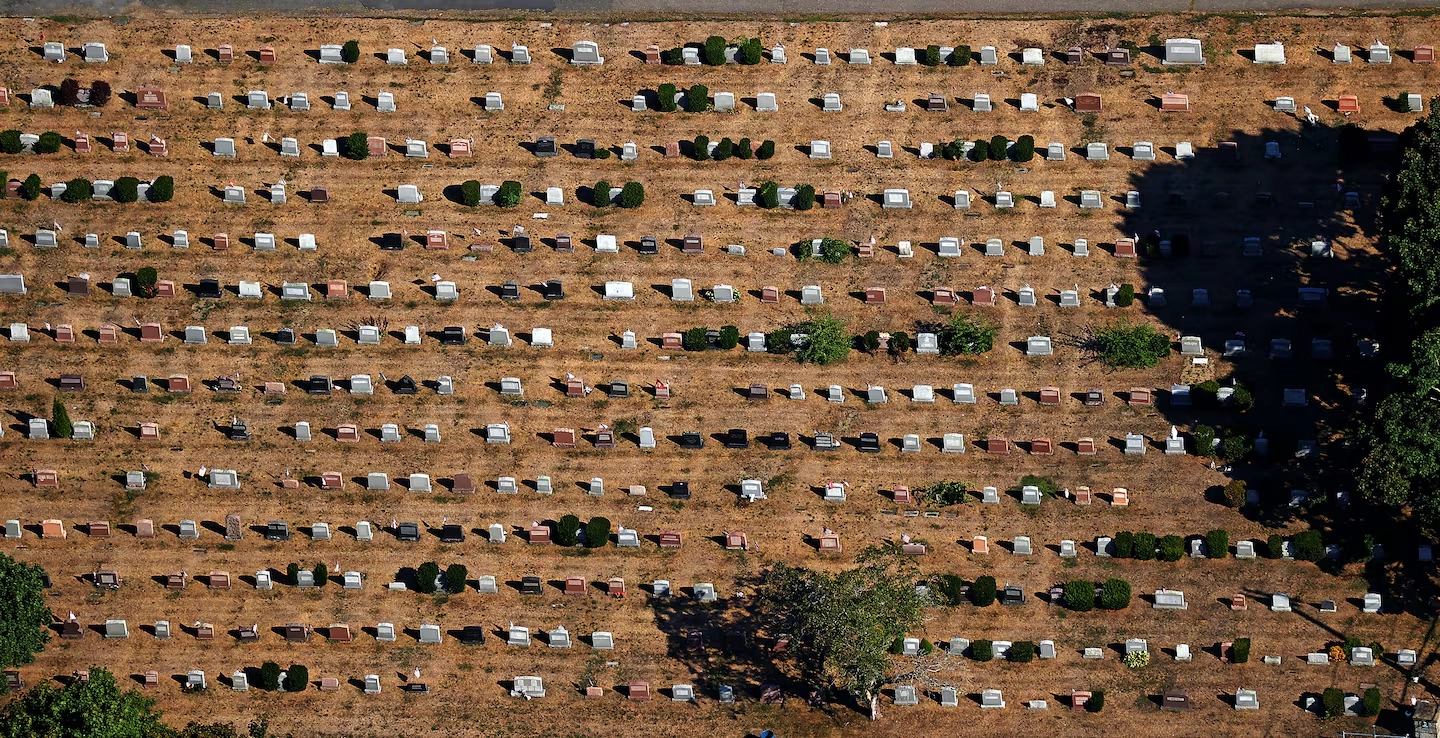Massachusetts needs a regional Drought Plan
March 25, 2024
by Joan Meschine and James Eldrige | March 25, 2024 | The Boston Globe
The state’s drought response hasn’t adapted to the frequency and severity of drought we’re now experiencing.

President John F. Kennedy once said that “the time to repair the roof is when the sun is shining.” In Massachusetts, while the vast majority of communities aren’t currently facing drought conditions, the time to act is now to empower the state to better address future droughts.
After one of the wettest summers on record, it may feel like drought is not a problem for the Commonwealth. We had an abundance of water—even too much—with dangerous flooding in many communities. But our state has regularly experienced water shortages and will experience them again. In 2022, Massachusetts experienced significant drought conditions, ranking as one of the driest periods on record over the past 139 years. The torrential rain in 2023 threatens future water scarcity because heavy rains rushed over the surface of drought-hardened land, unable to soak into the soil to recharge groundwater supplies. As a result, the state’s 2023 ResilientMass plan lists drought and flooding as twin, high-risk climate threats.
Massachusetts has experienced several extreme droughts in the past decade. In 2016, a drought caused many rivers in the Commonwealth to hit record lows. Five communities declared water emergencies. Portions of the Charles River ran almost completely dry while the Ipswich River was so low in so many places that disheartened residents declared the river “dead.” On the South Shore, dead fish were strewn along the muddy bottoms of riverbeds; similar scenes played out in 2020 and again in 2022. Combine drought-impacted low water levels with demands for lawn irrigation and harmful perfluorinated alkylated substance—PFAS—contamination and we have serious pressure on our water supplies and less water where we need it: in our rivers, wells, and reservoirs for wildlife, drinking, and public safety.
There’s also less water to fight wildfires, which become more frequent and severe in dry conditions. In 2022, more than 1,200 acres burned during 800 wildfire events, including fires in the densely populated communities of Rockport, Saugus, and Gloucester. Drought decimates agriculture, threatens to cause billions of dollars of damage to historic buildings by eroding wood support pilings, and risks the safety of Massachusetts residents.
Yet in the summer, despite enormous pressure on our water, residents use sprinklers and limited water resources to make the Commonwealth’s lawns green.
Massachusetts’ drought response hasn’t adapted to the frequency and severity of drought the state is now experiencing. During a declared drought, water conservation varies from town to town—if implemented at all. This regulatory patchwork can be confusing for residents and, more important, doesn’t conserve water efficiently. If one town stringently conserves water but the neighboring town doesn’t, there’s only limited water savings to their shared watershed. In many places, surface and groundwater water supplies are hydrologically connected. If water resources are shared, our protection of them should be as well.
Massachusetts can do better. The bill we filed in the General Court, “An Act relative to maintaining adequate water supplies through effective drought management,” more commonly known as the Drought Bill, enhances drought management in two ways to tackle current climate change challenges. First, the bill codifies the existing Massachusetts Drought Management Task Force into statute, ensuring our state’s drought response is grounded in scientific data. Second, the bill authorizes the secretary of the Executive Office of Energy and Environmental Affairs to require regional water conservation measures during a declared drought, replacing the town-by-town approach.
This bill focuses on nonessential outdoor watering (mostly lawn watering); any indoor water use, or water use that’s essential to the core function of a business, like maintaining tees and greens for golf courses, would be exempted. Irrigation by plant nurseries to maintain stock would also be exempted from restriction, as would any water necessary to produce food and fiber or to maintain livestock. Lawn watering might seem a narrow category of water use to focus on, but it adds up: In the summer, outdoor watering can increase a town’s overall water use by 60 percent. Multiplied by many towns, all those sprinklers are withdrawing a serious amount of water.
As elected officials for communities in hard-hit flood zones and climate-vulnerable coastal regions, it is already apparent that climate change-induced meteorological fluctuations will continue to cause increasingly detrimental effects for residents in our districts. Flooding has been a concern in recent years, and future droughts are not only expected but anticipated, which will directly impact the condition of our local water supplies. Enacting safeguards during periods of drought, as outlined in the Drought Bill, will protect water use for all of the Commonwealth’s residents.
We must do our utmost to delay and dampen drought’s effects. The Drought Bill is a science-backed bill that will improve public health and safety while protecting our state from the worst effects of climate change. By acting now to establish a strong drought response, we will be following Kennedy’s advice and will repair our collective roof so when that not-so-rainy day arrives, Massachusetts is ready.
State Representative Joan Meschino represents the 3rd Plymouth District, and state Senator Jamie Eldridge represents the Middlesex and Worcester District in the Massachusetts Legislature.
Published in The Boston Globe on March 25, 2024: Link to published story

